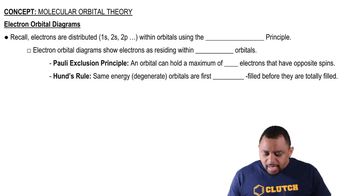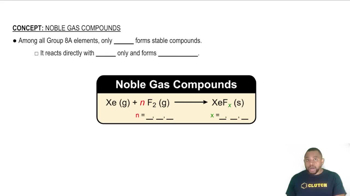Textbook Question
Orbital energies in single-electron atoms or ions, such as He+, can be described with an equation similar to the Balmer–Rydberg equation: where Z is the atomic number. What wavelength of light in nanometers is emitted when the electron in He+ falls from n = 3 to n = 2?




